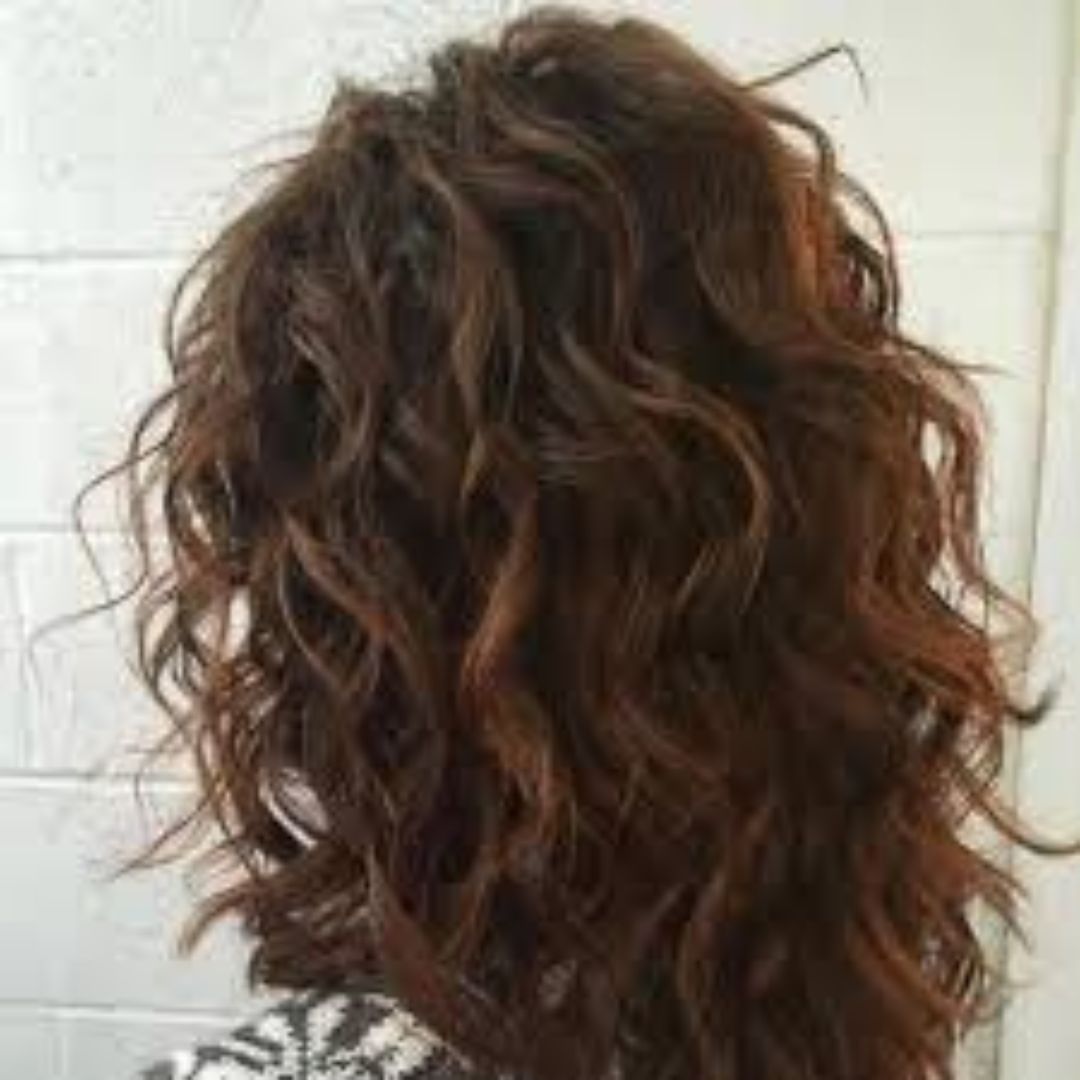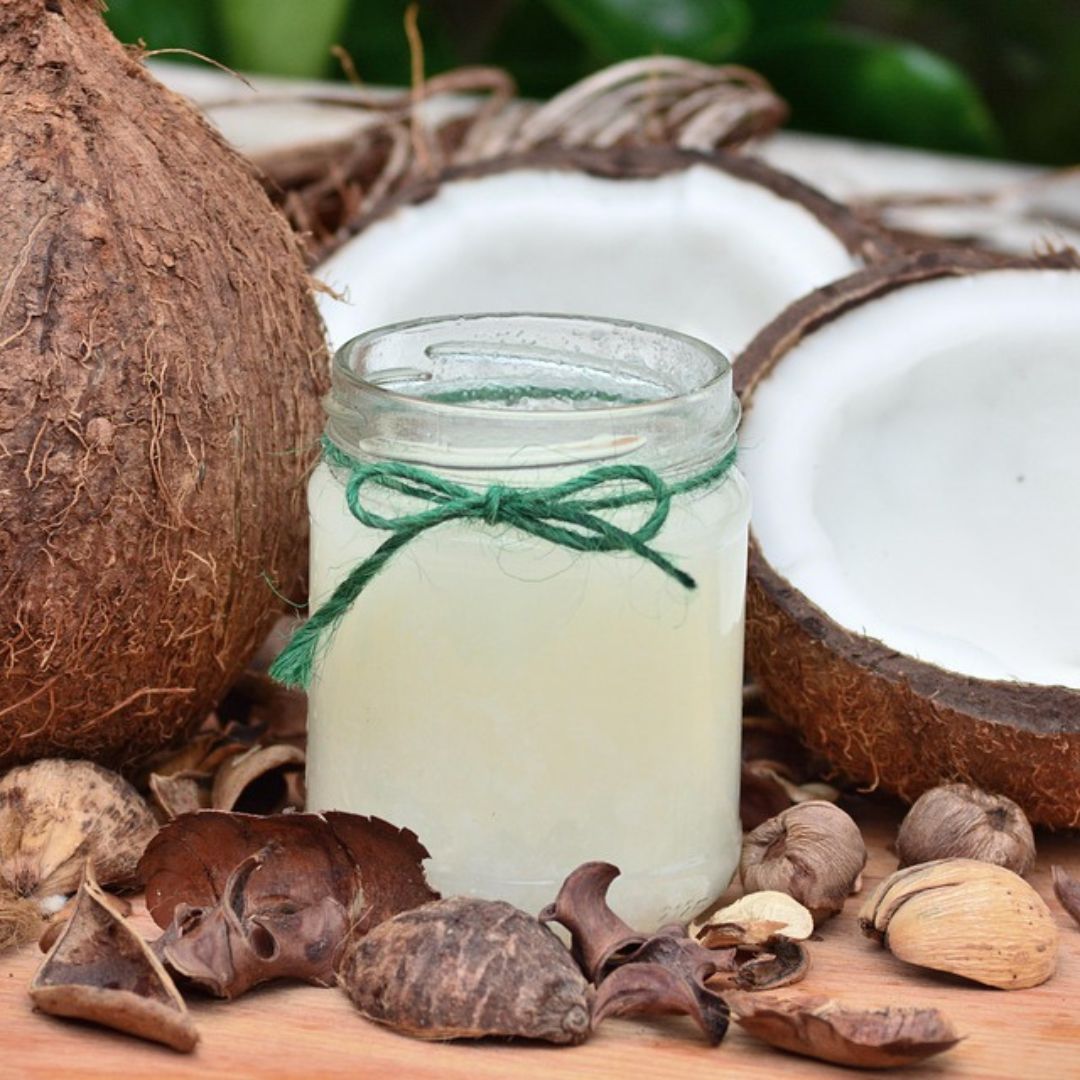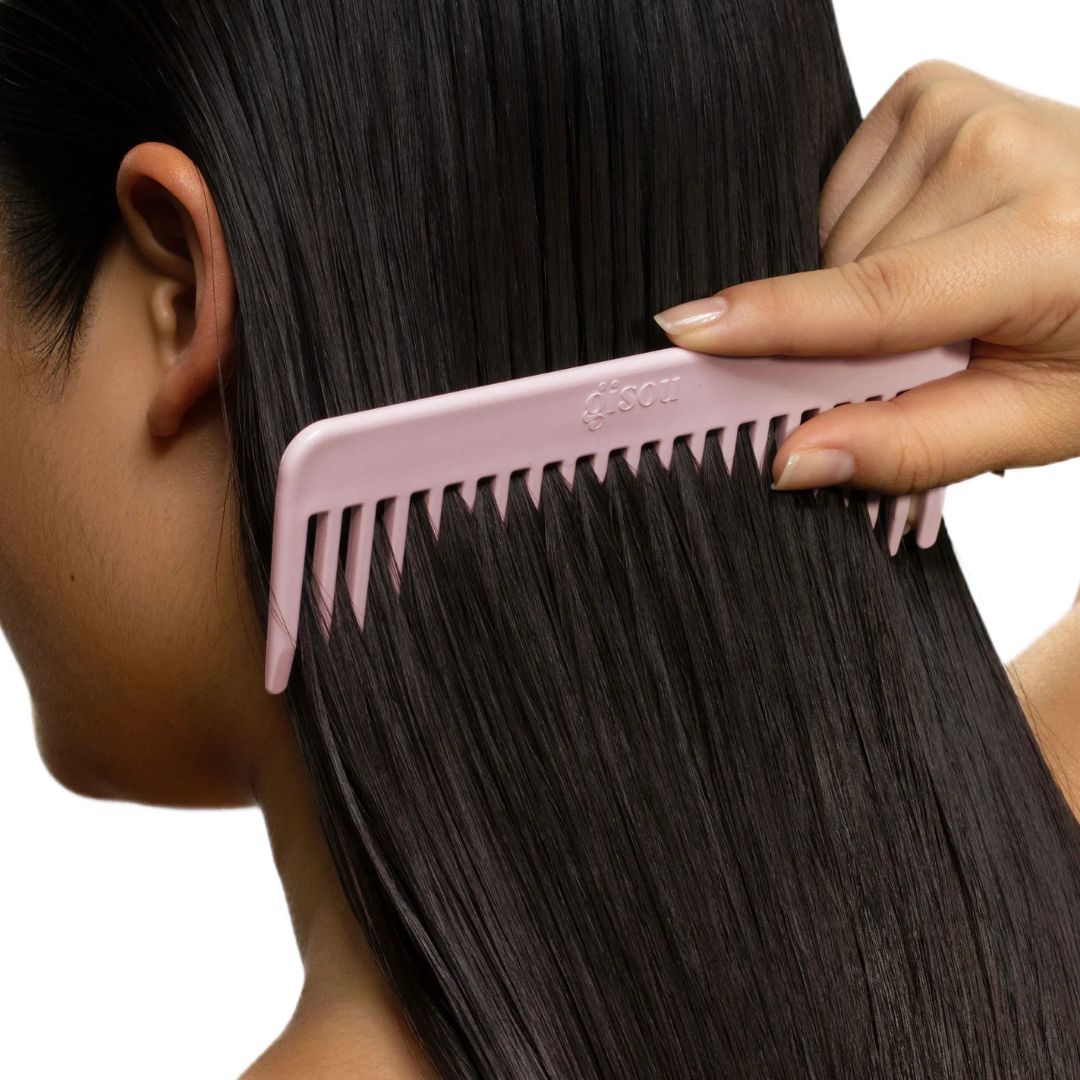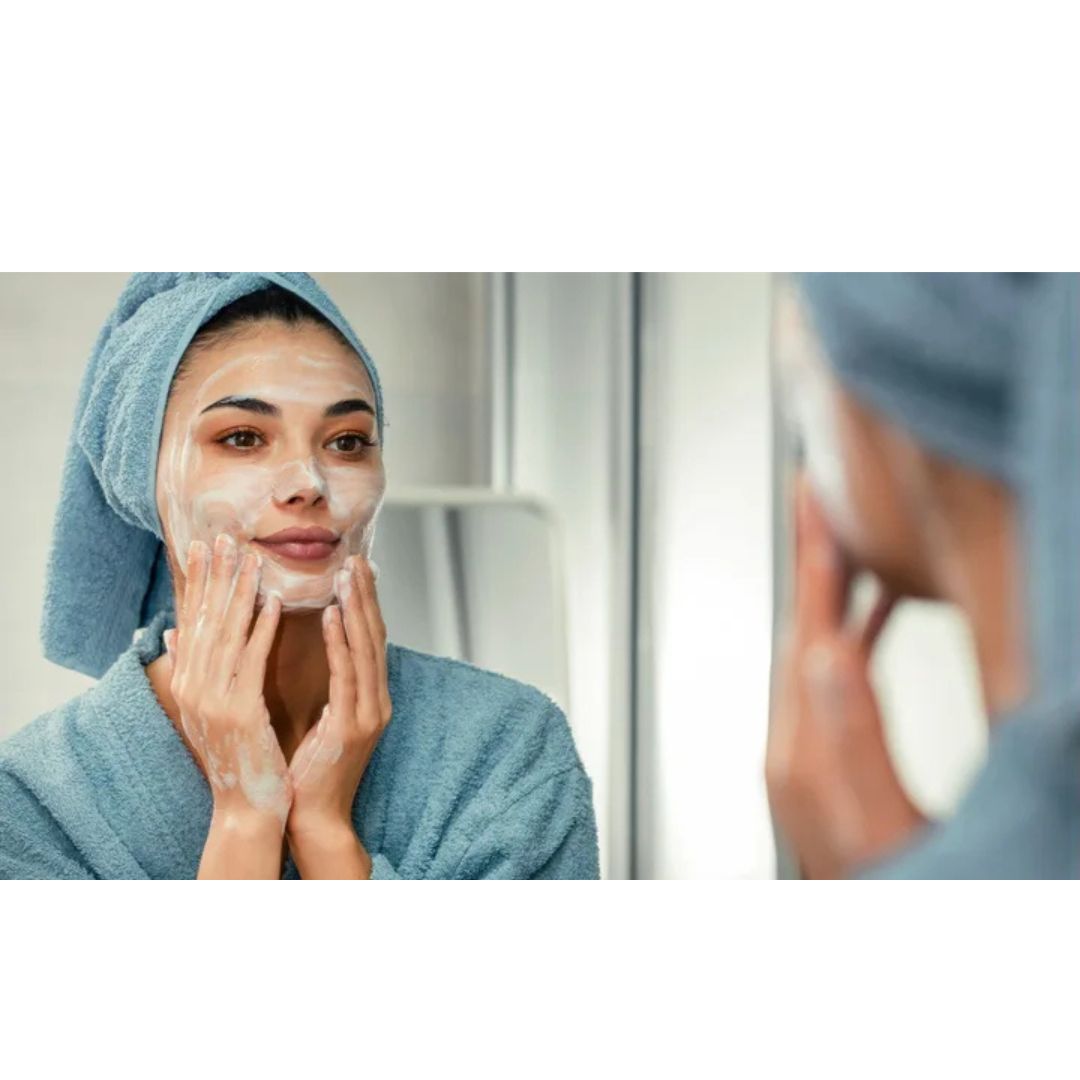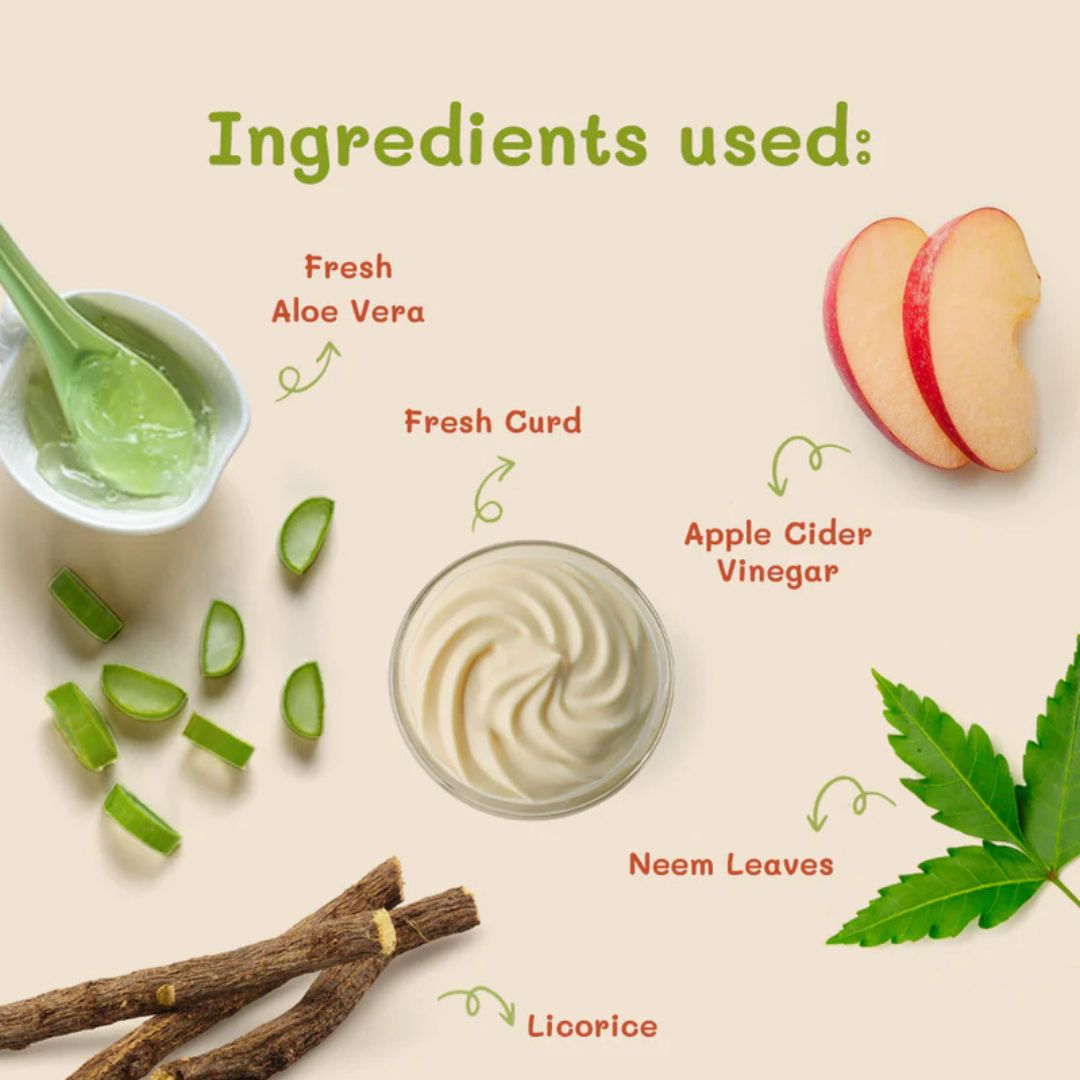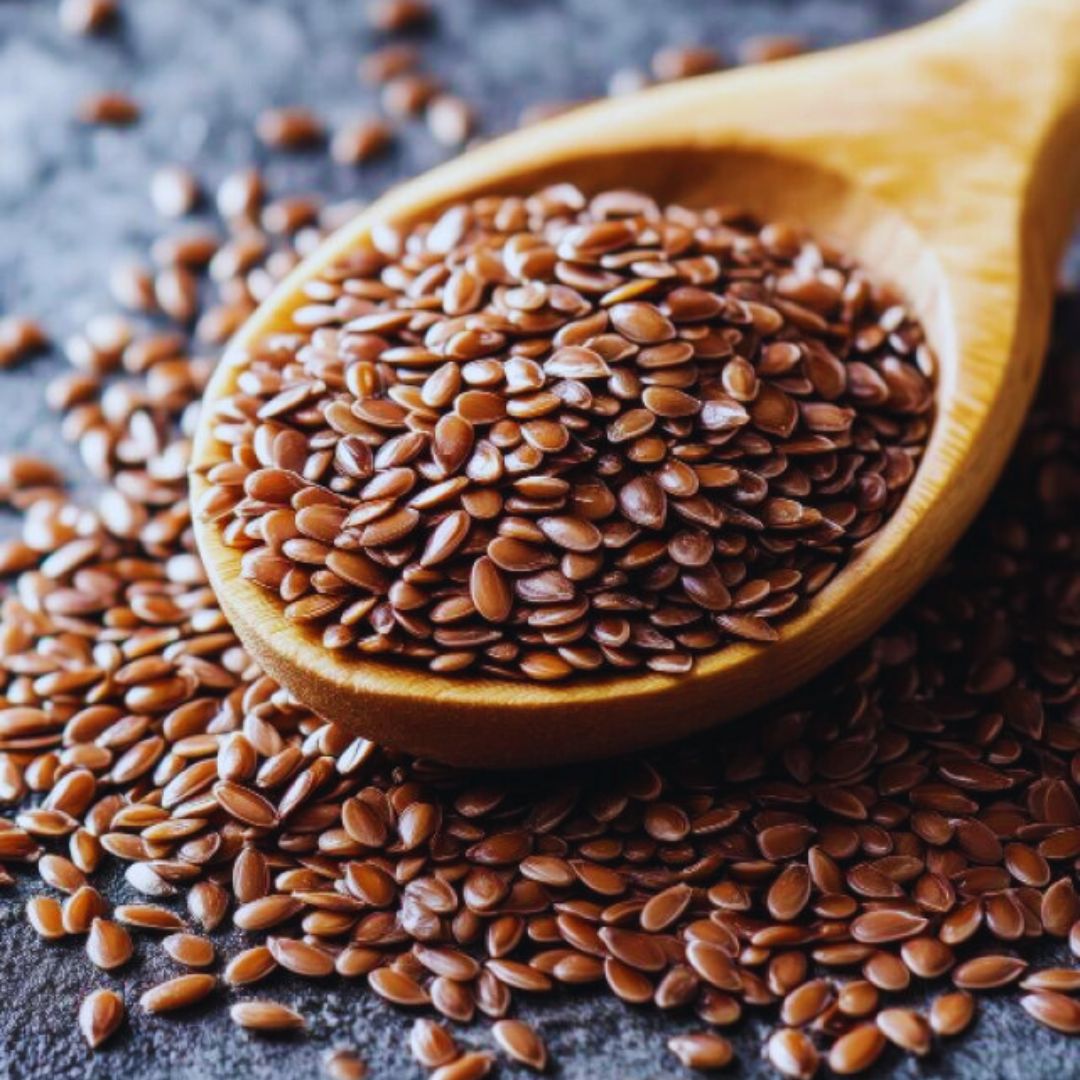5 Ways Colour Affects Hair and How to Prevent Hair Colour Damage (Best Helpful Hair Colour Tips)
Hair colouring is one of the most popular ways to transform your look. Whether it’s a subtle balayage, bold fashion colour, or classic highlights, hair colour can boost confidence and express personality. However, chemical treatments like colouring can take a toll on hair health if not done and maintained correctly.
In this comprehensive guide, we’ll explore 5 major ways hair colouring affects your strands and provide practical solutions to prevent and manage the damage. With the right knowledge and care, you can enjoy vibrant colour and healthy hair simultaneously!
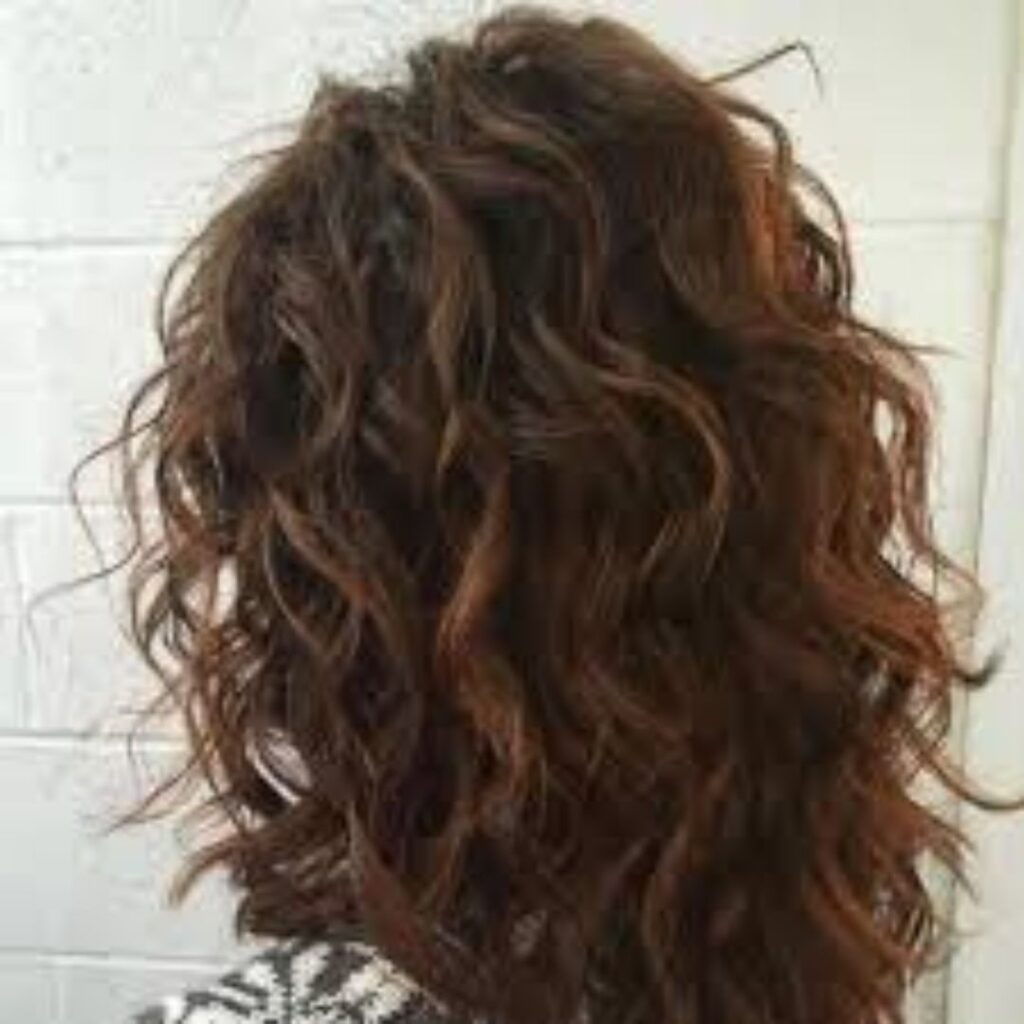
💇♀️ 1. Colour Weakens the Hair Structure (Best Helpful Hair Colour Tips)
🧬 How it Affects:
Most hair colours (especially permanent ones) contain ammonia and hydrogen peroxide, which open the hair cuticle to deposit or lift pigment. This process weakens the protein bonds in your hair shaft, leaving it more fragile, brittle, and prone to breakage.
Bleaching, often used before applying vibrant shades, causes the most damage. It strips away natural melanin and moisture, which makes hair extremely porous and more susceptible to environmental damage.
🛡️ How to Prevent It:
- Opt for ammonia-free or low-ammonia formulas if possible.
- Deep condition weekly with a protein-rich mask to restore internal bonds.
- Use bond-building treatments like Olaplex or K18 before and after colouring.
- Avoid overlapping colour on previously coloured sections.
- Trim regularly to get rid of split ends and reduce breakage.
💧 2. Colour Causes Hair Dryness and Dehydration (Best Helpful Hair Colour Tips)
During colouring, the hair’s natural oils and hydration levels are disturbed. This disruption leads to dryness, roughness, and a straw-like texture. Dry hair not only feels coarse but is also more prone to tangling, frizz, and split ends.
💧 How to Prevent It:
- Incorporate hydrating shampoos and conditioners made specifically for coloured hair.
- Use leave-in conditioners and hydrating serums to lock in moisture.
- Limit hot tools like blow dryers and flat irons which further dry out hair.
- Use a humidifier indoors to combat environmental dryness.
- Drink enough water—hydration starts from within!
🌈 3. Colour Fades Quickly Without Proper Care (Best Helpful Hair Colour Tips)
🧪 How it Affects:
Coloured hair, especially vibrant reds, blues, and purples, tends to fade with time—more so if you wash your hair frequently or use harsh products. UV exposure and chlorine in swimming pools also contribute to colour loss.
🎨 How to Prevent It:
- Use sulphate-free colour-safe shampoos.
- Wash hair with cool water to help seal the cuticle and retain colour.
- Limit shampooing to 2–3 times a week.
- Use a UV-protection spray or hat when stepping outdoors.
- Avoid chlorine exposure or wear a swim cap in pools.
- Refresh your colour at home with pigmented conditioners or glosses.
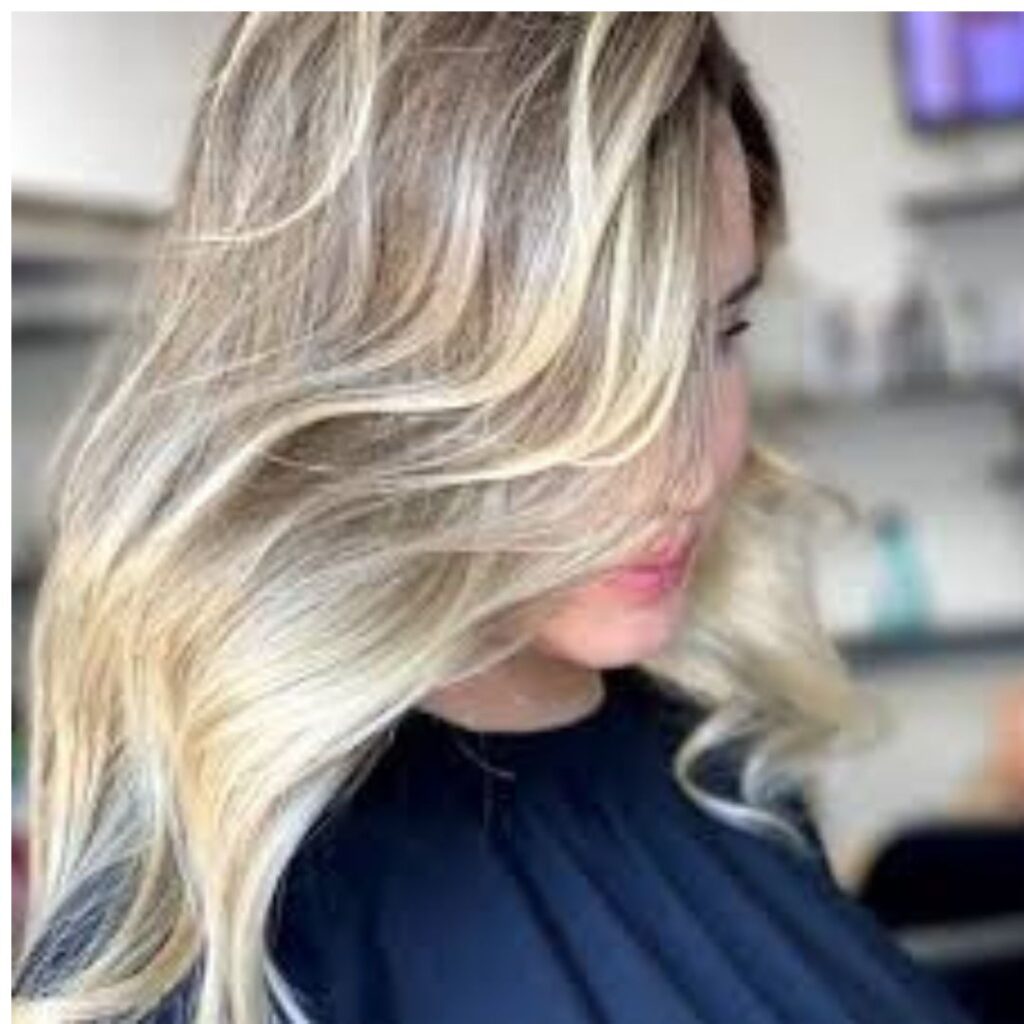
🔥 4. Colour Can Lead to Scalp Sensitivity (Best Helpful Hair Colour Tips)
😣 How it Affects:
Some people may develop irritation or allergic reactions due to the chemicals present in hair dyes, particularly PPD (paraphenylenediamine). Even if you’re not allergic, frequent colouring can lead to a sensitive, itchy, or flaky scalp.
🚫 How to Prevent It:
- Always do a patch test 24–48 hours before colouring.
- Opt for PPD-free, herbal, or natural colours like henna or indigo if you have a sensitive scalp.
- Use a pre-colour scalp protector or oil barrier on the skin and scalp.
- Avoid scratching or over-washing your scalp post-colour.
- Use soothing products like aloe vera-based serums or tea tree oil shampoos.
🧪 5. Colour Can Alter Hair Texture (Best Helpful Hair Colour Tips)
🔬 How it Affects:
Chemical dyes can change the physical texture of your hair. Curls may become looser, straight hair may feel rougher, and overall manageability may decrease. This happens because colouring swells the cuticle and changes the internal hair structure.
💡 How to Prevent It:
- Space out colour sessions—don’t colour hair too often.
- Opt for demi-permanent or semi-permanent colours that are less harsh.
- Use smoothing masks and anti-frizz treatments regularly.
- Avoid colouring directly after relaxing or perming—wait at least 2 weeks.
- Go for professional application to ensure even and safe results.
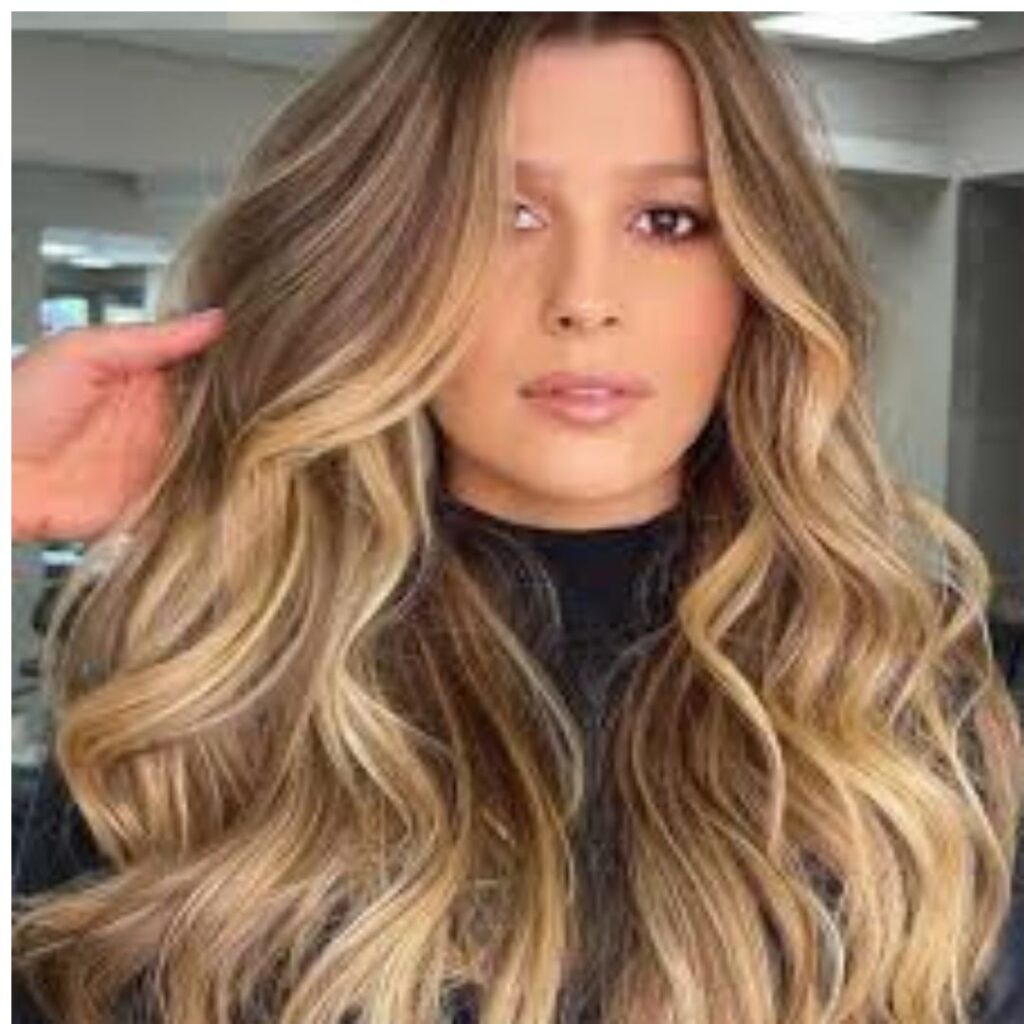
🧴 Bonus Tips: Post-Colour Hair Care Routine Best Helpful Hair Colour Tips)
A strong hair care routine post-colouring is essential. Here’s a simple weekly routine to maintain your colour-treated hair:
🗓️ Weekly Hair Routine:
| Step | Product Type | Purpose |
|---|---|---|
| 1. | Colour-safe sulphate-free shampoo | Gently cleanses without stripping colour |
| 2. | Moisturising conditioner | Locks in hydration |
| 3. | Weekly hair mask (protein + moisture) | Repairs internal damage |
| 4. | Leave-in conditioner or serum | Adds softness and shine |
| 5. | Heat protectant spray | Shields hair from styling damage |
🧴 Recommended Products (Optional Add-On Section) (Best Helpful Hair Colour Tips)
Note: Tailor this section with affiliate links or your salon’s in-house recommendations.
- Olaplex No. 3 Hair Perfector – Bond-strengthening
- L’Oréal Professionnel Vitamino Color Shampoo & Mask
- Moroccanoil Treatment Light – For colour-treated hair
- Wella Color Fresh Masks – To maintain colour vibrancy
- Mamaearth Henna Hair Mask – Herbal option for gentle conditioning
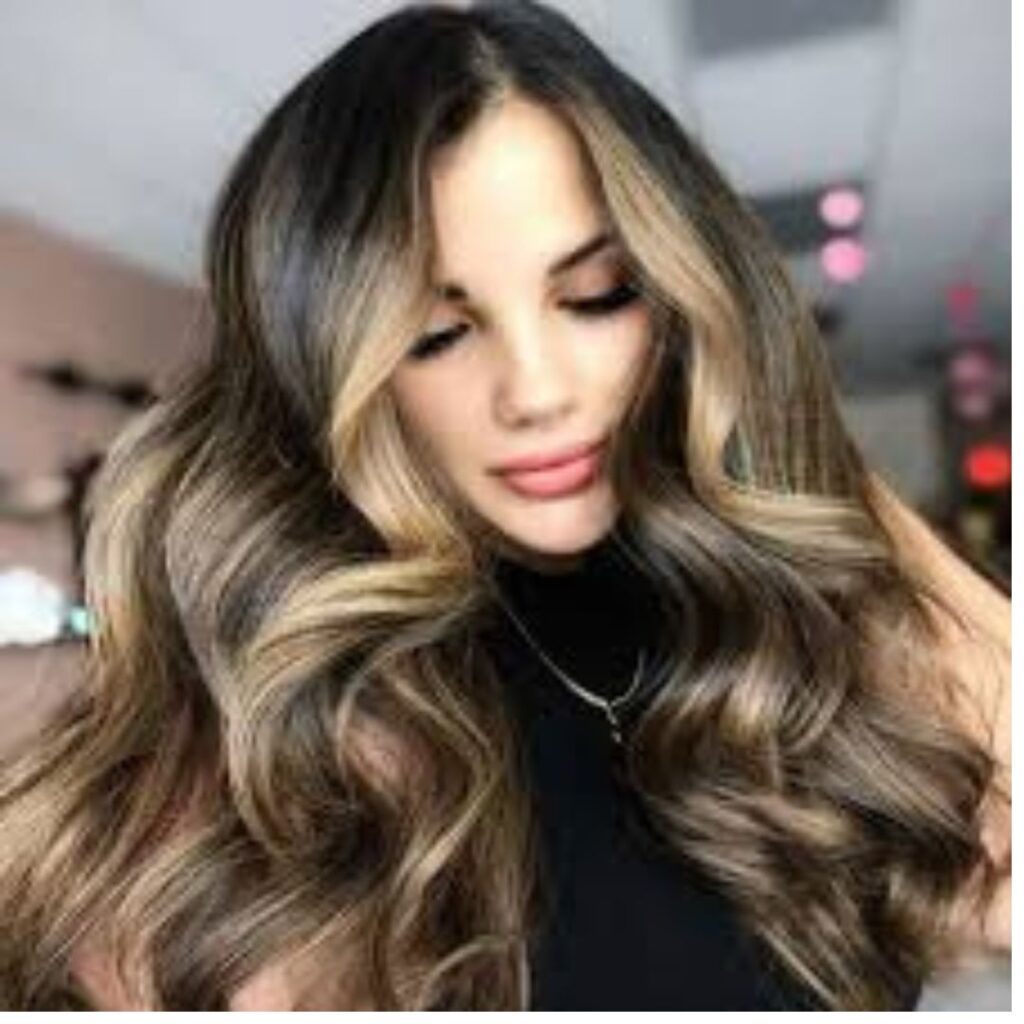
🌿 Natural Remedies to Reduce Hair Colour Damage (Best Helpful Hair Colour Tips)
If you’re inclined towards natural care, these DIY home remedies can help:
- Coconut Oil Overnight Mask: Deeply hydrates dry hair
- Egg & Yogurt Pack: Adds protein and softness
- Aloe Vera & Honey Serum: Soothes irritated scalp and moisturizes hair
- Rice Water Rinse: Adds shine and strengthens hair cuticles
🚫 What Not to Do After Colouring Your Hair (Best Helpful Hair Colour Tips)
To avoid worsening damage:
❌ Don’t wash your hair for 48 hours post-colouring
❌ Don’t use harsh clarifying shampoos unless colour-removal is intended
❌ Don’t skip trims—coloured ends tend to split faster
❌ Don’t colour your hair too often—space it by at least 6–8 weeks
❌ Don’t mix DIY colours without knowing chemical interactions
🔚 Final Thoughts (Best Helpful Hair Colour Tips)
Hair colouring doesn’t have to mean sacrificing hair health. With proper aftercare and smart choices, you can enjoy vibrant, beautiful hair that remains strong and shiny. Understanding how colour affects your strands gives you the power to prevent damage and maintain a healthy mane for the long haul.
Whether you colour for fun or to cover greys, the right hair care routine makes all the difference.
